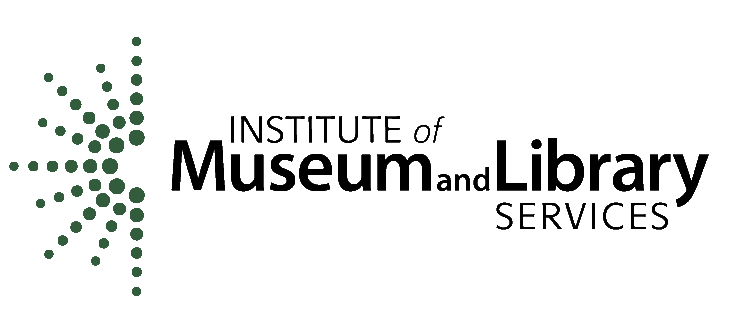

The FCC's E-Rate program makes telecommunications and information services more affordable for schools and libraries. With funding from the Universal Service Fund (fcc.gov/general/universal-service-fund), E-Rate provides discounts for telecommunications, Internet access, and internal connections to eligible schools and libraries. E-Rate is administered through the Universal Service Administration Corporation (USAC).
Linda Schatz and Aleck Johnson of EdTech Strategies are the E-Rate consultants for the Maryland State Library Agency. Regular E-Rate training sessions with EdTech Strategies are scheduled at least twice a year and all full-time employees of a Maryland public library are welcome to attend. These training sessions are not open to other contracted E-Rate consultants.
There is no requirement for Maryland public libraries to participate in E-Rate but the Maryland State Library acknowledges that reimbursements from E-Rate can be of significant financial benefit.
Participating in E-Rate may be a difficult process that involves collaboration and cooperation with a public library, their county government, their internet service provider, library IT employees, as well as financial representatives of the libraries. Some libraries choose to hire E-Rate consultants who help to manage the E-Rate paperwork and process for them. Some libraries have seasoned staff who have learned the E-Rate system and use it to maximize reimbursements for the library system. Some libraries choose not to participate in E-Rate at all either due to the daunting process, the requirement for some internet filtering, and the coordination of efforts involved.
Have E-Rate Questions?
There is a state-wide E-Rate listserv managed by EdTech Strategies. If you would like to join and you are a public library employee, please email Mary Rayme at maryp.rayme1@maryland.gov
